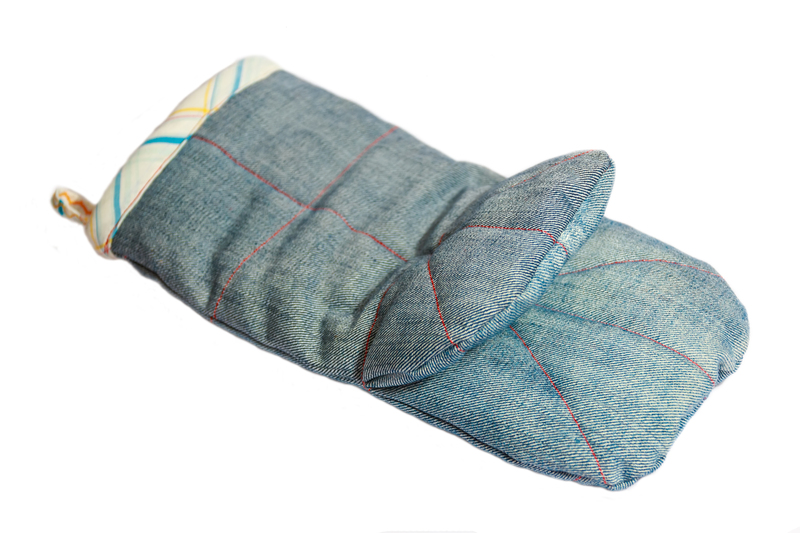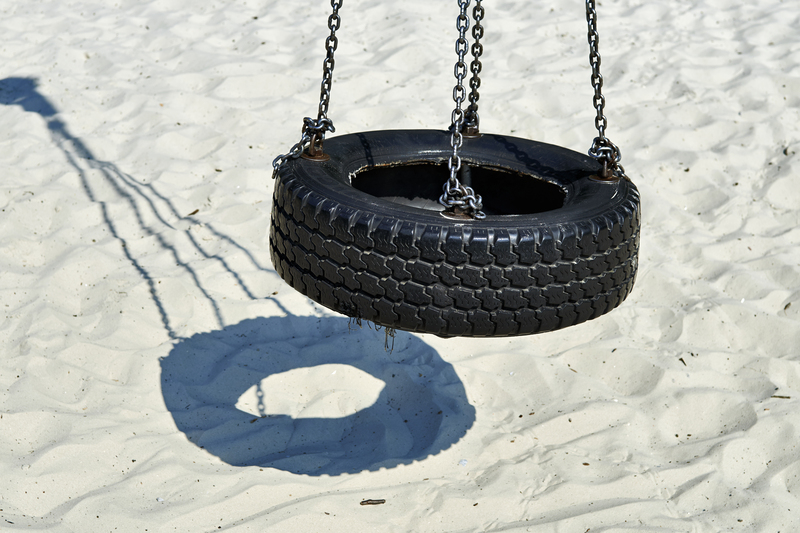Understanding Microplastics and Their Impact
Microplastics are tiny plastic particles measuring less than five millimeters in diameter. These tiny pollutants originate from a variety of sources such as the breakdown of larger plastic debris, microbeads found in personal care products, and synthetic fibers shed from textiles. The issue of microplastics has gained considerable attention over the past few years as their impact on the environment and health becomes more apparent.
What Are Microplastics?
Microplastics can be categorized into two main types: primary and secondary microplastics. Primary microplastics are designed for commercial use in products like cosmetics or microfibers from clothing. Meanwhile, secondary microplastics form when larger plastic objects degrade due to environmental factors such as sunlight and ocean waves.
Primary microplastics are often used in products because of their desirable properties, such as durability and flexibility. Unfortunately, their prevalence in everyday products means they persist in the environment long after they've served their purpose. Secondary microplastics, while unintended, result from the natural breakdown process of larger plastic waste.

The Rising Tide of Microplastics
A study published in recent years has shown that microplastics are now found in nearly every corner of the planet, from remote forests to the ocean's deepest trenches. Oceans, however, are the primary sink for these particles, affecting marine life and entering the food chain, ultimately impacting human health as well.
Sources of Microplastics
The primary sources of microplastics include:
- Cosmetic Products: Many facial cleansers and exfoliators contain microbeads, which are designed to scrub skin but often wash down the drain into waterways.
- Synthetic Clothing: When washed, synthetic fibers are shed and often not fully captured by wastewater treatment facilities, leading to rivers and oceans.
- Plastic Packaging and Waste: As larger pieces of plastic break down, they fragment into secondary microplastics.
Increased production of plastic globally, coupled with its improper disposal, exacerbates the spread of microplastics, turning it into a significant environmental concern.
The Cascade Effect on the Environment and Health
Microplastics are not just a pollution problem; they are a potential health risk. Marine animals, mistaking microplastics for food, ingest them, which eventually makes its way up the food chain to humans.
Ecological Impacts
- Marine Life Disruption: Microplastics cause physical and chemical harm to sea creatures, affecting their reproduction and growth.
- Food Chain Contamination: As these plastics are consumed by smaller marine life, they move up the food chain, potentially affecting larger marine animals and, ultimately, humans.
- Habitat Pollution: Microplastics alter the chemical composition of their environment, having unknown long-term effects on biodiversity.
Human Health Concerns
The proliferation of microplastics has potential implications for human health, although research is ongoing to fully understand these impacts:
- Toxic Chemical Transfer: Microplastics can carry toxic chemicals, which might be released upon ingestion.
- Digestive System Impacts: Ingesting microplastics can lead to physical harm where these particles accumulate in the human digestive system.

Strategies to Curb the Rise of Microplastics
Addressing the rising threat of microplastics requires comprehensive strategies that involve government policy interventions, corporate responsibility, and public awareness.
Policy Measures
- Bans on Microbeads: Several countries have successfully introduced bans on microbeads in personal care products, significantly reducing the input of primary microplastics.
- Plastic Reduction Targets: Governments can set ambitious targets to encourage recycling and the reduction of single-use plastics.
- Waste Management Improvements: Investing in better waste management and treatment facilities can mitigate the escape of microplastics into natural environments.
Corporate Initiatives
Corporations play a crucial role in reducing the generation of microplastics by adopting sustainable practices and developing alternatives to standard plastic materials:
- Research and Development: Investing in R&D for alternative, biodegradable materials can reduce reliance on plastics.
- Product Lifecycle Responsibility: Companies can take responsibility for their products through effective recycling schemes and packaging redesigns.
Consumer Contributions
Consumers wield power to impose change by choosing wisely and advocating for solutions. Every individual action contributes to a cumulative reduction in microplastic pollution.
- Change in Habits: Families and individuals can choose products free of microplastics, limit the use of synthetic fibers, and practice proper waste disposal.
- Advocacy and Education: Raising awareness and education about the impacts and solutions related to microplastics can drive more widespread change.
Conclusion: The Path Forward
The issue of microplastics is multifaceted, requiring global cooperation and commitment for effective management. By employing a combination of policy, corporate, and consumer-focused solutions, there is potential to significantly curb the rise of microplastics, ultimately protecting environmental health and human well-being. As we move forward, fostering innovation and sustainability will be integral in creating a future less burdened by microplastic pollution.